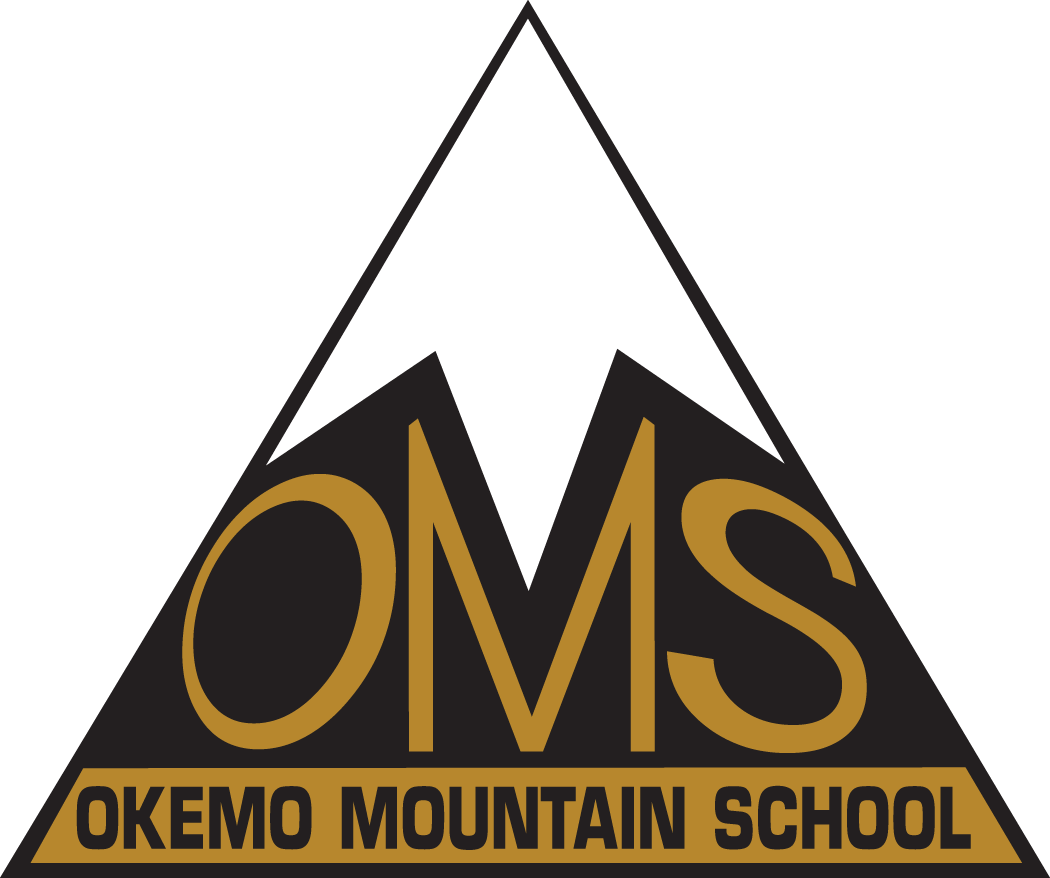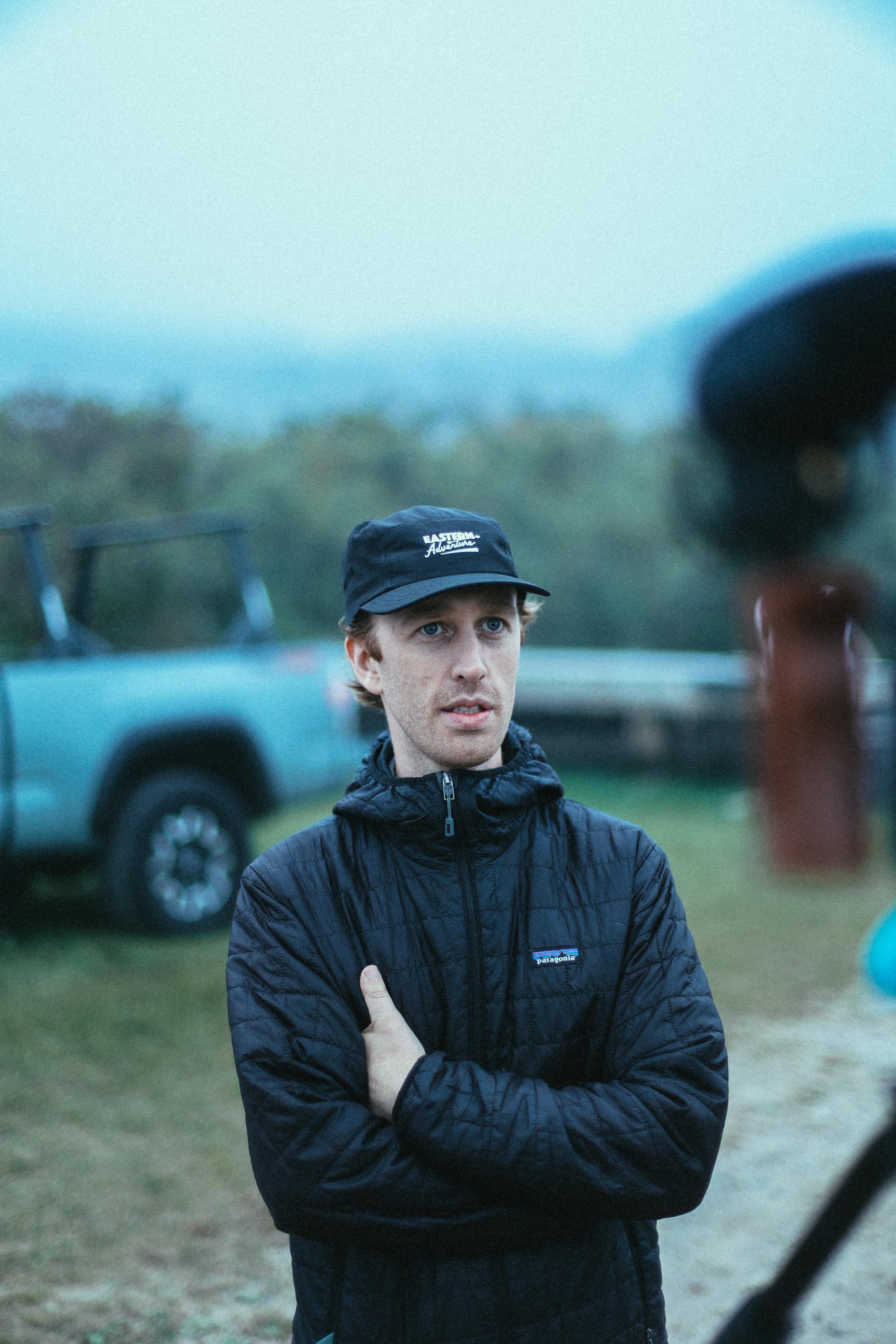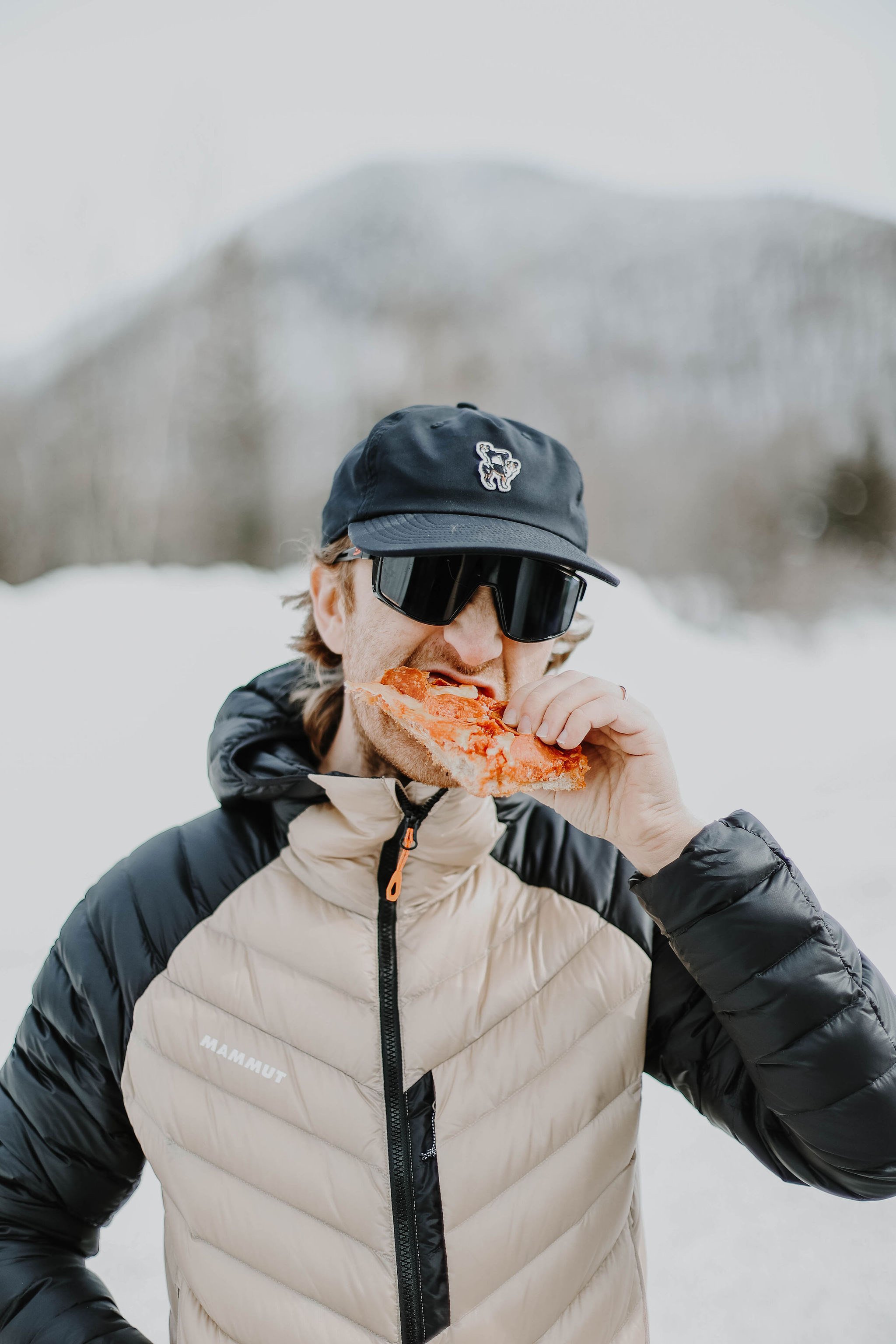Alumnus Connor Davis // "300 Miles Melting"
We conducted an exclusive interview with Connor Davis, OMS alumnus and Executive Producer of the captivating documentary, "300 Miles Melting." Connor's extraordinary project takes us on a thought-provoking journey, exploring the implications of climate change along Vermont’s 317-mile Catamount Trail on skis. This documentary sheds light on the urgent need for environmental awareness and action. In this interview, we uncover Connor's inspiration, challenges faced, and his powerful message for a sustainable future.
When did you attend OMS?
I spent my winters at OMS from 2005-2008. Wild to think that was nearly 20 years ago.
What do you remember most about OMS?
Laughing all of the time. We had such a fun crew there–everyone was so excited to be away from their normal school and in the mountains everyday. We were all extremely focused on our racing and competitive with each other, but the second we were riding the lift or down at school it was just nonstop comedy.
How did OMS prepare/impact your life?
It opened my world into new connections that still last to this day. Having gone to a tiny public school in Vermont, meeting new kids and parents through OMS was huge for me. I'm still close with many of those friends, and have intersected with many (plus their parents) in the business world too.
What are you currently doing/working on?
I run a creative agency in Portland, Maine called Eastern Adventure. We create ads and other marketing content primarily for outdoor brands and organizations. It's a ton of work, but a ton of fun. Our clients include Ford Motors, Blizzard Skis, Tecnica Boots, Mammut, Stio, and many others.
What was your inspiration for 300 Miles Melting?
I give all the credit to Torey Lee Brooks, who is the star of the film. She wanted to nordic ski the length of Vermont and make a film about it in an effort to raise awareness around climate change. At first I was pretty hesitant knowing how much money and work goes into a project like that. But eventually I jumped on board, raised money with sponsors, and started putting the pieces together. Glad we made it happen.
A journey like this must have been quite an endeavor. How long did it take you to film/produce the movie and what challenges did you encounter? What were the highlights of making this film?
We basically spent six weeks in the woods of Vermont following Torey through every type of weather. It was a ton of fun and a magical way to spend time in the woods, but also very time-consuming and stressful. There is zero cell service on most of the Catamount Trail, so we were finding Torey in the state's most remote areas using minimal satellite GPS, lugging in cameras, and just playing cat-and-mouse constantly.
The biggest challenge was when a 3-foot snowstorm sidetracked Torey completely. She was towing a 50-pound sled in waist-deep snow and had to get off the trail for safety purposes. That was a bummer, but I'm proud we made the right decision to put safety before the film. In the end, she got back on trail and got the thing done.
The biggest highlight was the finish. Sounds cliche and obvious, but after 6 weeks in the woods filming someone ski 300+ miles, it felt very rewarding to reach the Canadian border.
For people that haven't seen it yet, why is it so important for all of us who love winter and snowsports?
This film is one of many reminders that our climate is changing rapidly. And that if the powers in this world—especially energy companies and financial insutations—don't change, winters will literally disappear. Our personal actions matter a lot. But the truth is, these overlords are the ones making the most damage on the planet. Energy companies are using antiquated techniques that warm our world. And financial institutions are using all of our hard-earned money to invest in those unsustainable energy companies. It's a bad cycle.
We have all seen it, even at Okemo. If you deny it, you're lying to yourself. Warm Christmases with no snow. Late starts to the season. Overwhelming warm spells in January. We always hope for the best and still get lucky sometimes with amazing storms, but generally speaking, winters are vastly different now than when I was a kid.
We wanted the film to still feel very positive and not send a doom-and-gloom message. So I hope that comes through to the audience, and they feel inspired to make changes in their lives while calling out those truly creating the problems at the top of the pyramid.


